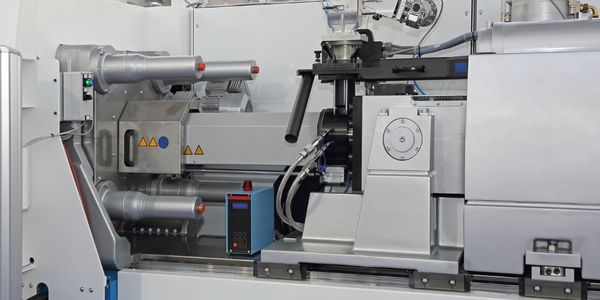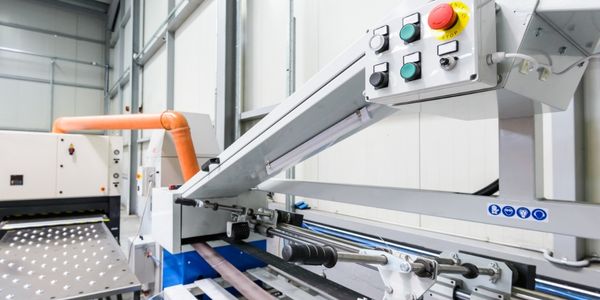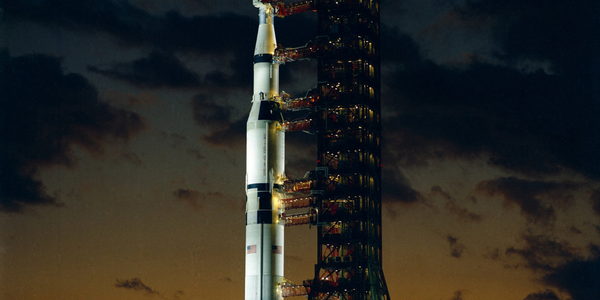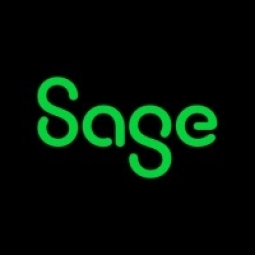公司规模
SME
地区
- America
国家
- United States
产品
- Sage ERP X3
技术栈
- ERP
实施规模
- Enterprise-wide Deployment
影响指标
- Cost Savings
- Productivity Improvements
技术
- 功能应用 - 企业资源规划系统 (ERP)
适用功能
- 离散制造
- 采购
用例
- 库存管理
- 自动化制造系统
服务
- 系统集成
关于客户
S & S Hinge Company 是一家家族企业,80 多年来一直致力于制造工业铰链。该公司的产品广泛应用于许多不同的行业。S & S Hinge Company 总部位于伊利诺伊州布卢明代尔,是一家高度专业化的行业参与者。为了推动增长和盈利,该公司不断寻求提高效率、加快生产速度和降低成本的方法。该公司聘请了副总裁兼首席运营官 Rich Sade,主要通过实施精益生产实践来实现公司制造业务的现代化。Sade 拥有生产/库存控制管理 (CPIM) 认证,并拥有工业管理高级学位。
挑战
S & S Hinge Company 是一家家族式工业铰链制造商,该公司正在寻求提高效率、加快生产速度和降低成本的方法,以推动增长和盈利。该公司使用三个不相连的应用程序来管理其会计、制造和报价任务。这种脱节的系统效率低下,不支持公司的精益制造计划。该公司需要一个可以无缝处理所有这些任务的单一集成解决方案。挑战在于找到一个可以取代这三个旧系统、简化运营并支持公司精益制造目标的解决方案。
解决方案
经过几个月的工作流程、工作任务和车间操作规划以及 ERP 软件包审查,S & S Hinge Company 选择了 Sage ERP X3 作为满足其需求的最佳解决方案。Sage ERP X3 因其全面的功能和有竞争力的价格而被选中。Sage ERP X3 的实施使该公司能够淘汰之前使用的三个旧式软件系统。Sage ERP X3 的产品配置功能是其选择的决定性因素。这些功能使该公司能够根据客户的特定要求改变其成品。Sage ERP X3 的全面成本跟踪功能确保准确累积劳动力、材料和间接成本并将其与每个订单相关联。这可以实现更准确的定价,并能够识别生产过程中的潜在问题区域。
运营影响
数量效益

Case Study missing?
Start adding your own!
Register with your work email and create a new case study profile for your business.
相关案例.

Case Study
Plastic Spoons Case study: Injection Moulding
In order to meet customer expectations by supplying a wide variety of packaging units, from 36 to 1000 spoons per package, a new production and packaging line needed to be built. DeSter wanted to achieve higher production capacity, lower cycle time and a high degree of operator friendliness with this new production line.

Case Study
Robot Saves Money and Time for US Custom Molding Company
Injection Technology (Itech) is a custom molder for a variety of clients that require precision plastic parts for such products as electric meter covers, dental appliance cases and spools. With 95 employees operating 23 molding machines in a 30,000 square foot plant, Itech wanted to reduce man hours and increase efficiency.

Case Study
Fully Automated Visual Inspection System
Tofflon has developed a fully automatic machine that uses light to inspect vials, medicine bottles, or infusion containers for glass fragments, aluminum particles, rubber grains, hairs, fibers, or other contaminants. It also detects damaged containers with cracks or inclusions (microscopic imperfections), automatically removing faulty or contaminated products. In order to cover all production processes for freeze-dried pharmaceuticals, Tofflon needed to create an open, consistent, and module-based automation concept.

Case Study
Hospital Inventory Management
The hospital supply chain team is responsible for ensuring that the right medical supplies are readily available to clinicians when and where needed, and to do so in the most efficient manner possible. However, many of the systems and processes in use at the cancer center for supply chain management were not best suited to support these goals. Barcoding technology, a commonly used method for inventory management of medical supplies, is labor intensive, time consuming, does not provide real-time visibility into inventory levels and can be prone to error. Consequently, the lack of accurate and real-time visibility into inventory levels across multiple supply rooms in multiple hospital facilities creates additional inefficiency in the system causing over-ordering, hoarding, and wasted supplies. Other sources of waste and cost were also identified as candidates for improvement. Existing systems and processes did not provide adequate security for high-cost inventory within the hospital, which was another driver of cost. A lack of visibility into expiration dates for supplies resulted in supplies being wasted due to past expiry dates. Storage of supplies was also a key consideration given the location of the cancer center’s facilities in a dense urban setting, where space is always at a premium. In order to address the challenges outlined above, the hospital sought a solution that would provide real-time inventory information with high levels of accuracy, reduce the level of manual effort required and enable data driven decision making to ensure that the right supplies were readily available to clinicians in the right location at the right time.

Case Study
SAP Leonardo Enabling Rocket Science
At times, ULA has as many as 15 different operating systems dedicated to overlapping processes, such as rocket design, testing, and launch. Multiple systems created unnecessary costs and unwanted confusion among workers at offices, factories, and launch sites in different location. In order to improve collaboration and transparency during vital activities that directly influence mission success, ULA wanted to improve data sharing and streamline manufacturing processes.




